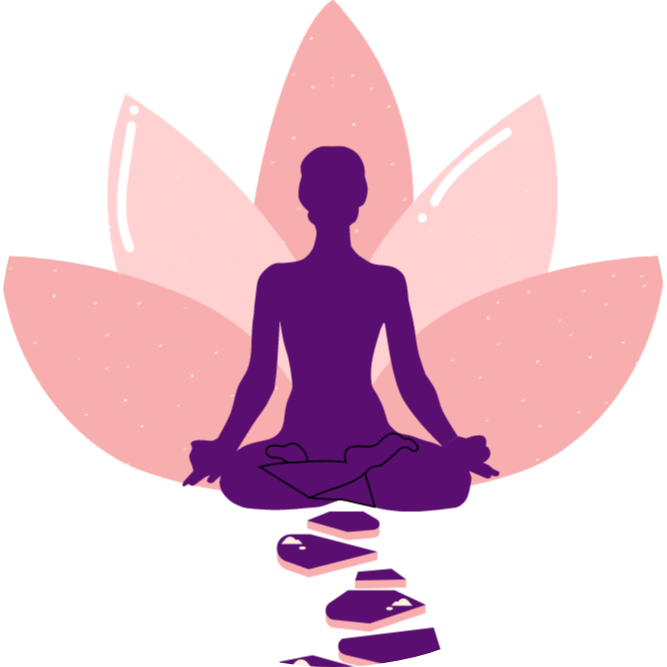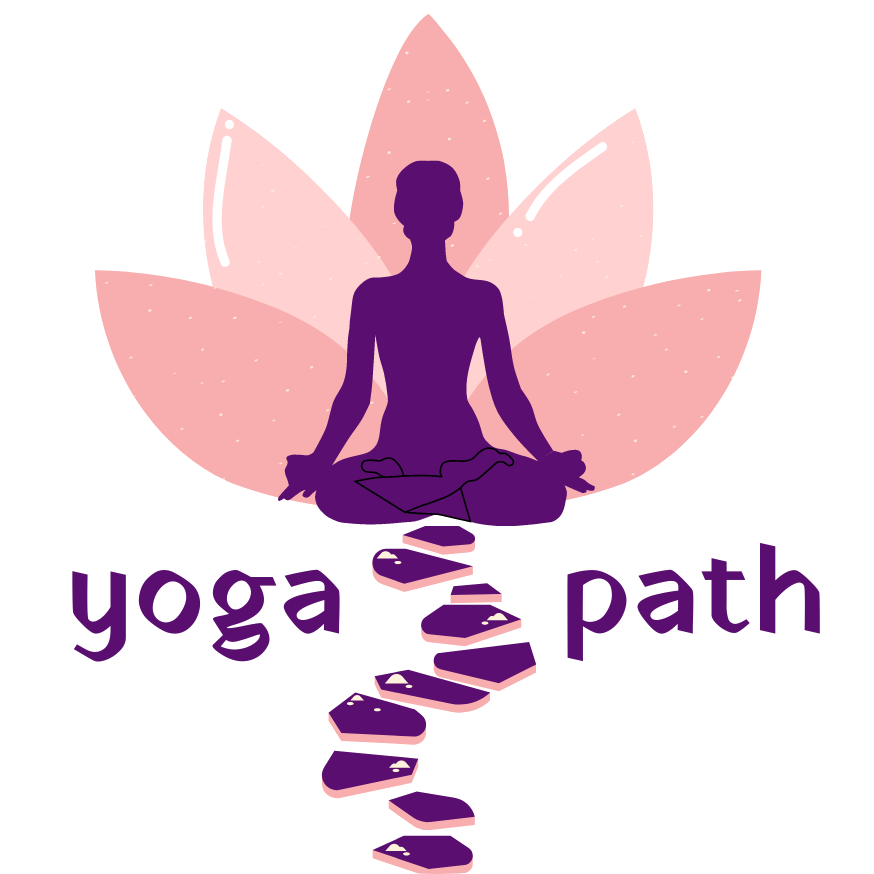Strengthen Shoulders
ASANAS FOR SHOULDER PAIN
Yoga for men – Strengthening and relaxing Shoulders
The complicated nature of the shoulder joint makes injuries in the area difficult to diagnose and treat. Pain in the shoulder can be associated with strains, tears and strength imbalances. It is also the region where most people, especially men, tie up their stress in. One can hurt or pull the muscles in this region by incorrect sleeping postures too or vigorous training in the gym or with weights.
We have good news for you can use yoga to strengthen the joint and muscles in the shoulders, relax and build stability in this area while working with injury-prevention.
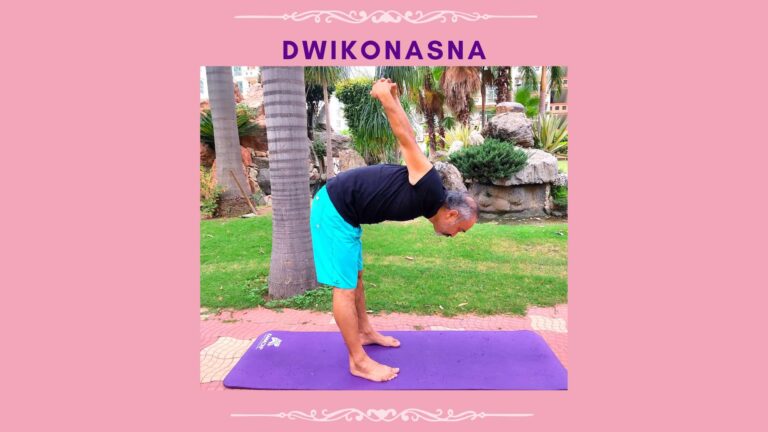
Standing Position – Forward Bend Asana
In this asana, stand erect with hands at your respective sides. Keep the feet parallel to each other and maintain a distance of 3 feet.
Inhaling clench the fists and raise the arms up, keeping the arms close to the ears. Interlacing the fingers of the up-stretched arms, above the head, arch back the spine, keeping the lower body, below the waist fixed.
Exhaling, unlocking the fingers, bend forward and downwards and bring the up-stretched arms to touch the ground. continue to bend the upper part of the body, till the forehead is parallel to the floor.
Freely swing the arms, first backward then raise it upward and backward until they come to a vertical position behind.
Hold this position for few seconds with fingers interlocked and the shoulder blades gently squeezing together.
Inhaling, bring the arms down to touch the ground. Then slowly while inhaling lift the body to return to the upright starting position, ensuring the arms and head are kept in position.
Benefits:
Strengthens both the muscles of the chest and waist.
Strengthens the muscles of the back, neck, spine and shoulders.
Improves flexibility and strength of shoulders.
Opens the shoulders improves mobility of shoulders.
Creates abdominal pressure and stimulates the intestines.
Stimulates sluggish liver and colon and provides relief in case of constipation.
Contraindications:
Spinal injuries, Cardiac conditions, High blood pressure, High myopia, Glaucoma, Hernia, Piles and Abdominal inflammation.
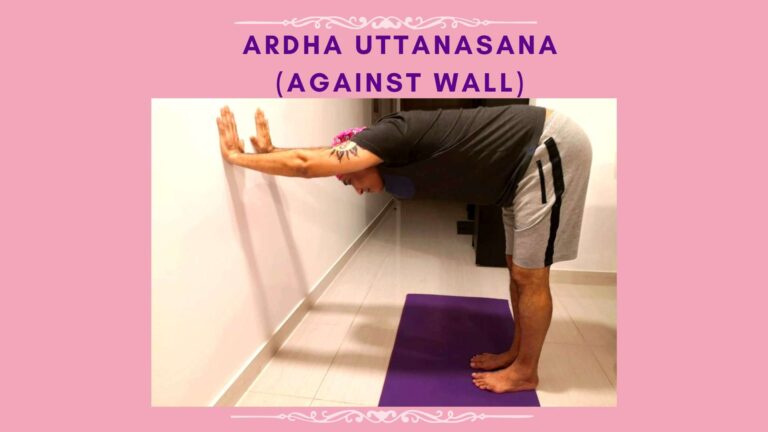
Standing Position – Forward Bend – Half stretched fold
In this pose, keep feet one foot apart parallel to each other. Place your hands on the wall ahead of you at hip height and walk back until your heels right below your hips and legs are straight.
Distribute your weight evenly on both feet, and press evenly into the soles of the feet. Straighten your arms and keep your head straight between your shoulders. Distribute your weight evenly into the palms of your hands and lengthen your fingers.
Feel the stretch in the back of your legs (hamstrings) and sense the spine flatten out. Both back and legs are active.
Keep pushing chest down as you push into the palms feel the chest open and armpits open and feel the shoulders contract.
To come out of the pose, take a breath in and slowly bend your arms and walk in towards the wall. Repeat the pose 2-3 times.
Contraindications:
Lower back injury, Glaucoma, Tear in the hamstrings, High blood pressure, Abdominal hernia, Cervical issue – don’t stretch neck up or down.
Benefits:
Has a calming effect
Stretches the hamstrings and strengthens legs, hips, core and back
Helps open and relax shoulders and back
Helps release tension and improves flexibility in shoulders
Stretches and strengthens back
Stimulates Abdominal organs
Has very good abdominal region stimulation
Helps alleviate symptoms of anxiety
Heals headaches, sinusitis, asthma, and insomnia.
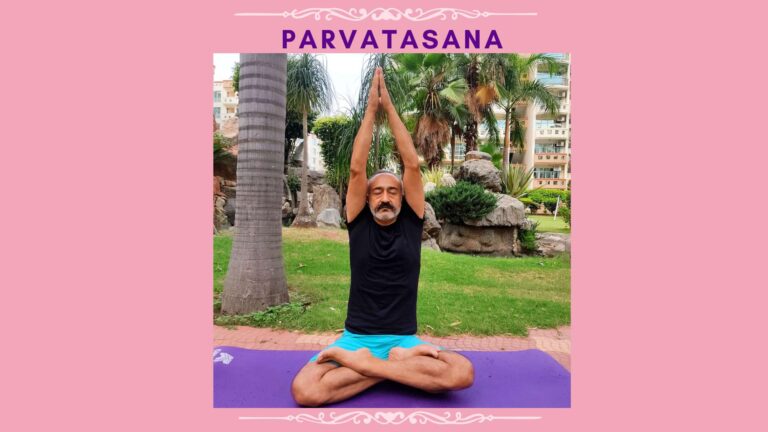
Seated Pose
Sit in Padmasana / Sukhasana, keeping the hands at their respective sides, and keeping the spine and neck straight, shoulders squared out, focus on a single point straight ahead.
Classical Pose:
Inhaling, in 3 seconds, raise both the arms together, from their respective sides, for an upward stretch. Join the palms to each other in this upward stretched position of arms. Either interlace the fingers or keep the palms joined. Keep the arms close to the ears, arms straight at the elbows and wrists. Maintain this position for 6 seconds, . Return to starting position exhale, in 3 seconds, turn the palm outwards and lower the arms straight down to the sides to complete 1 round. Practice 4 rounds.
Benefits:
Corrects minor postural defects of the spine and straightens the muscles of the back
Stretches all the abdominal and pelvic muscles and opens the hip joint
Exercises the waist zone, and reduces belly fat and flabby abdomen
Internal organs in the abdominal region get a massage and good blood circulation
Prolapse of the uterus is improved by providing natural support to the viscera
Blood circulation in the vertebral region improves, and the efficiency of the nerves coming out of the vertebra is improved
It reduces mental fatigue while improving memory and concentration by increasing blood circulation to the brain
The unnatural curvature of the spine and minor displacements of the vertebrae are corrected
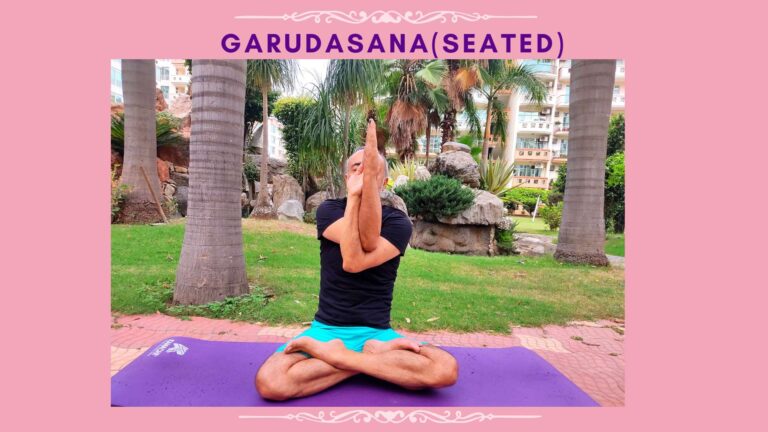
Seated Pose
In Sanskrit, Garuda is the name of the eagle which is the vehicle of Lord Vishnu. In the seated eagle pose, the two arms are brought together and the two fore-arms are twisted together. It gives a good stretch to the arms and the shoulder muscles.
I this asana, sit in a comfortable position on the floor with arms resting on the thighs. Sukhasana or the Easy Pose can be assumed by sitting cross legged on the mat. You may also do this sitting on a chair. Take the right arm under and around the left arm and make the right palm touch the left palm. At this point the two arms are inter-twined together like two snakes.
Keep the spine straight and relax the shoulders. Look straight ahead and breathe normally in this position. Hold the position for as long as you are comfortable.
To release the position, untangle the arms and bring the arms back to the thighs.
Repeat the same with the left arm twisting around the right arm.
Contraindications:
Elbow wrist shoulder injury
Benefits:
Stretches the joints of the wrists, elbows and shoulders.
Improves the posture of the upper back.
Straightens the spines and posture.
Removes stress from the shoulders and the lower neck region.
Opens up the shoulders and chest. It helps with stiff shoulders
Seated Garudasana is easy to practise and can be done anywhere – in the office or even while travelling. Just a minute of seated Garudasana can give a good stretch and relaxation from the stress built up in the shoulders.

Forward Bend & Backward Bend
Marjari meaning Cat, Bitila meaning Cow
In this asana, sit in Vajrasana then come on all fours or table top with with knees and palms on the floor. The palms are at shoulder distance on the floor also the knees and feet are at hip distance apart. The palms are directly under the shoulder with arm perpendicular to the floor and the knees are under the hips. Look straight ahead. As you inhale, raise your chin, tilt your head and chest back pushing the palms firmly into ground push your navel downwards and raise your tailbone. Hold this cat pose and take long, deep breaths.
Follow this by Bitilasana, a counter pose: As you exhale, drop your chin to your chest and arch your back up as much as you can; pull in the pelvic and chest to form a curve in the spine. Hold this pose for a few seconds.
Contraindications:
Weak wrists injury or surgery to wrists
Shoulder injury back injury
Weak or injured knee – use padding under knees
Benefits:
Brings flexibility to the spine
Stretches the back and relaxes it
Stretches the scapula out and in and increases mobility
Strengthens lower back
Strengthens wrists and shoulders
Massages the digestive organs and improves digestion
Tones the abdomen
Relaxes the mind
Relieves menstrual pain
Improves focus
Improves blood circulation
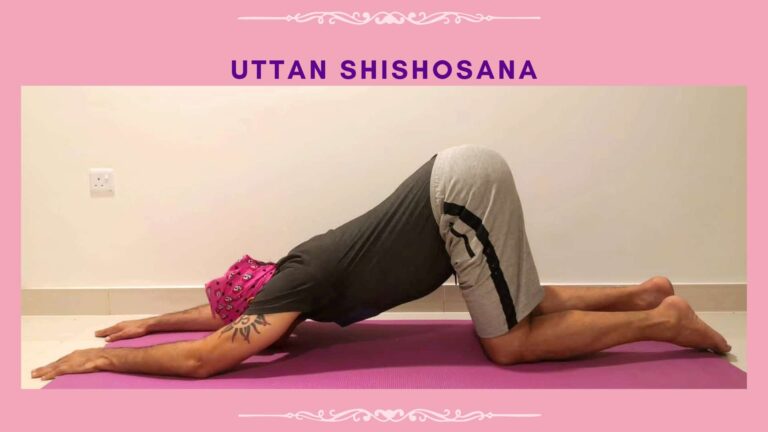
Inversion Asana
It is a combination of two different asanas, the Child Pose and the Downward Facing Dog Pose and is also known as the Extended Puppy Pose.
This pose relieves stress by deeply stretching the spine. It increases self-confidence and a feeling of self-love. This asana releases any tension knotted up in your back and shoulders, if you have a desk job or you are feeling fatigued.
Start from a tabletop position, i.e. on all four limbs with knees stacked under hips and your and palms right under shoulders.
Press your feet firmly on the mat and keep your toes flat out with sole facing ceiling.
While exhaling, keep your hands in front of you. Now allow your chest to slowly lower down towards the floor while slowly placing your forehead on the mat.
Spread your palms firmly on the floor. Stretch your arms ahead of you on the floor so that your shoulders get broadened. The hips remain upwards and behind.
Hold the stretch for around 5-7 breaths while breathing deeply. Release by coming back into the tabletop position and then sitting in Vajrasana.
Contraindications:
Knee injury, Back injury, Hip injury, and Frozen shoulder
Benefits:
Stretches spine and shoulders
Strengthens the body including hip, upper back and arms
Makes spine flexible and strong
Releases stress and tension
Induces deep sleep and cures insomnia
Calms the mind with its regular practice.
Improves posture
Activates the Heart / Anahata Chakra and Throat / Vishudha Chakra
Increases self confidence
Make you cheerful and optimistic
Improves breathing capacity of lungs
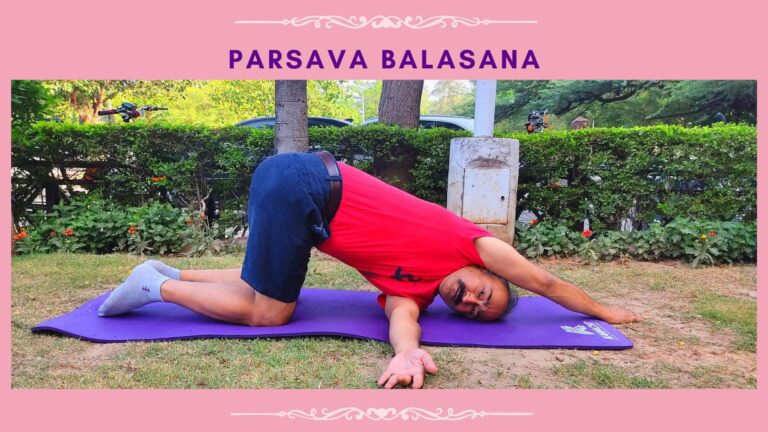
Seated Inversion Asana – Forward Bend
In Sanskrit parsva, means “revolved,” bala, means “child,” and asana, means “pose”. Parsava Balasana is thus also called the revolved child pose
Start with the tabletop position on the yoga mat.
With palms placed on the floor shoulder width apart and stacked just under the shoulders, while the knees are stacked under the hips. Now tuck your toes under the feet.
Slowly slide the right arm to the left side of the yoga mat under the left shoulder. Turn the chest to the left side, so that the left shoulder lifts up and the right shoulder rests on the ground and rest the right side of your head on the mat, gazing to your right hand.
Lift the left arm, straighten it out above the head and place the palm on the floor with the upper arm close to the left ear. Release the tension in your shoulder by breathing naturally.
Hold in this position for few seconds (30 to 90 seconds). Exit the pose by sliding the right arm back to the table top pose.
Repeat all the above steps with the opposite side.
Practicing this pose at least 2 times by both sides will give better results.
Contraindications:
Back injury, Neck injury, Hip problems and Shoulder problems
Benefits:
Reduces stress and tension, calms the mind
Perfect for anyone experiencing chronic stress and tension, especially in the upper body, neck and shoulder. This twist through the spine helps to “wring out” negative energy, releasing both physical and mental tension, and invites fresh blood for nourishment to these areas.
Stimulates the abdominal organs and thus, improves the digestion system.
Helps balance the Root / Muladhara Chakra, which helps one feel more grounded and connected to the earth. Additionally, this chakra supports living in security, stillness and clarity, and giving relief from daily stress.
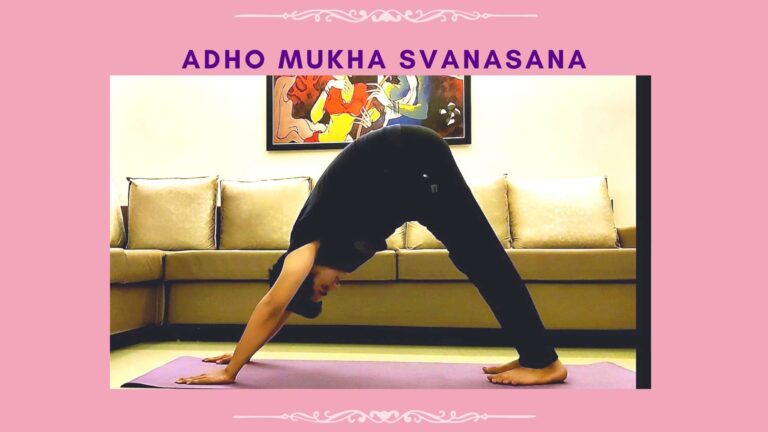
Inversion Asana
Adho meaning down, mukho meaning Face, svana meaning Dog. This asana too is part of the flow of surya namasakar (salute to the sun).
The name is derived from the way the dog stretches his front limbs when getting up.
In this pose, we can start by sitting on all fours in a table top position with knees and palms on the floor. The palms are at shoulder distance on the floor also the knees and feet are at hip distance apart. Lift the knees up to raise the hips up as you inhale. The weight of the body is on both palms and feet. With both arms straight at the elbows and the legs being straight at the knees the hips are raised up the head is down with arms close to the ears. We try to press the chest into the thighs just as we try to close a book to make a V shape. As you exhale, lower down the knees, hips and back into table top.
Contraindications:
Pregnant women, high blood pressure, Weak eye capillaries,
detached retina, or any other infection or inflammation of the eyes and ears and shoulder or back injury
Benefits:
Stretches the hamstring and calf muscles
Strengthens arms and shoulders, legs and ankles
Relaxes and strengthens back muscle
Strengthens abdominal muscles and core
Improves posture
And calms the heart
BKS Iyengar claimed that Downward Dog “removed fatigue”, especially for runners.
He claimed that sprinters would develop “speed and lightness in the legs”, and that the pose would soften calcaneal spurs.
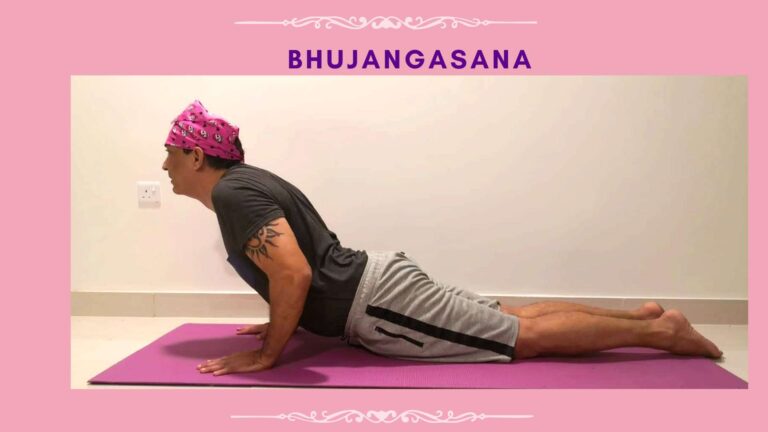
Prone Position – Back Bend
Bhujanga Asana meaning Cobra Pose, is also a part of the Surya Namaskar (salute to the sun)
Lie down on your abdomen with your toes flat on the floor, soles facing upwards; rest your forehead on the ground. Keep your legs close together, with your feet and heels lightly touching each other. Place both palms beside the chest elbows should be bent and close to your torso.
As you inhale slowly lift your head, chest and upper part of abdomen. Keep your navel on the floor. Keep elbows close to body.
Keep breathing with awareness, as you curve your spine upward vertebra .by vertebra look straight ahead. Maintain this pose for a few seconds while breathing evenly for 4-5 breaths.
Now, breathe out, and gently bring your abdomen, chest, and head back to the floor and relax.
Contraindications:
Hernia, Hypertension, Heart Ailments, Pregnancy, Peptic ulcer and Hyper thyroid
Benefits:
Helps align vertebra
Strengthens Muscles of Back and spine and keeps spine flexible
Relief from back pain
Stimulates spinal nerves
Tones abdominal muscles And organs
Alleviates constipation
Stimulates appetite
Prevents diseases by aiding in elimination through intra abdominal pressure
Relief from flatulence
Helps resolving slipped disc
Relief in Ankylosing Spondylitis and kyphosis
Helps in menstrual and gynaecological disorders
Strengthens willpower, alertness and increases determination
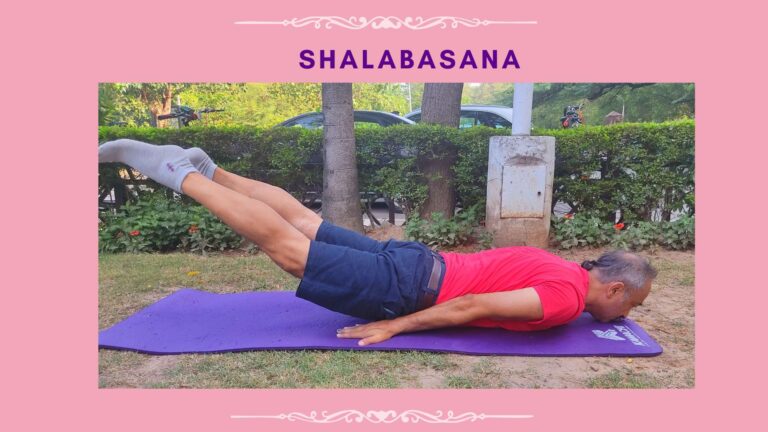
Prone Pose – Backward Bend
Shalabasana means Locust Pose
Lie on the stomach (prone position), with chin resting on the mat, legs stretched out–toes pointing outwards. Rest the arms by the sides, palms facing up, slightly.
pushed under the thighs. Exhaling, in 3 seconds, raise the right leg as high as possible lifting from thighs contracting lower back and glute muscles without lifting the hips; the left leg is firmly on the ground.
Maintain this pose for 6 seconds
To return to starting position, inhaling, in 3 seconds, gently bring the raised foot down to attain starting position.
Follow same with left leg. Now, perform the Asana with both the legs rising simultaneously, while exhaling to complete 1 round.
Practice 3 rounds.
Contraindications:
Hernia, Hyper tension, Heart ailments, Pregnancy and Peptic ulcers. People with a protruding belly will have difficulty lying in prone position.
Benefits:
Strengthens the lower back, pelvic organs, legs, hip joints and arms.
Tones the sciatic nerves.
Provide relief in backache, mild sciatica and slipped disc.
Alleviates unfavourable conditions of diseases of the stomach and bowels.
Stimulates the kidneys, liver and all the organs of the lower part of the body.
Increases abdominal pressure, regulating intestinal function and stimulating the abdominal organs.
Stimulates the appetite.
Relief from constipation.
Relieves backache during Menstrual cycles.
Cures cervical spondylitis.
Make time in your schedule to practice these asanas and heal well.
Image Credit: Amardeep S Sidana, Dileep Nair and Kshitij Saha
